The elderly and people with disabilities in low- and middle-income countries remain underserved with poor access to assistive technology. The lack of access to wheelchairs, prosthetic limbs and other devices hampers movement and disrupts and even prevents the performance of other basic tasks. Engineering for Change conducted an interview Angela Kohama, at Handicap International, to determine the state of assistive technology in low-income countries. Handicap International is a nonprofit that supports people with disabilities around the world with a focus on low-resource settings, especially in areas of conflict and natural disaster. The Handicap International Federation has managed more than three-hundred projects benefiting people with disabilities and vulnerable populations in nearly 60 countries throughout the world.
The organization donates assistive devices to war-torn regions, trains governments, schools, and employers on disability inclusion, trains rehabilitation professionals and partners with device developers to provide field experience.
“Many of the high-tech solutions created for low-resource settings are not being used, except for places [with rapidly growing economies] like China or India,” Ms. Kohoma says. She notes that many assistive technologies created for low-resource settings are crafted for the “ideal situation,” without taking into account the many variable environmental, social, or resource-based factors than can affect technology use and maintainability in low-resource settings.
Many countries simply do not have the resources and workforce available to maintain higher tech devices and the lower tech devices (the devices that require less maintenance with fewer replaceable components and powered parts) are the ones making the most impact. Angela stressed the importance of using the twin track approach when crafting an assistive solution in order to make a solution adjustable and accessible to both the individual and the target environment. Many of the devices being produced in and for low-resource settings are not high-tech, but are cutting edge in their own way.
Angela gave three examples of solutions being developed and supported by not only Handicap International, but other likeminded organizations that have high potential for impact in low resource settings because of their groundbreaking simplicity and/or adaptability.
Product: Alternative and Augmentative Communication Device
Designer: Assistive Labs, Handicap International
Assistive Labs is developing this device and partnering with Handicap International for field experience. This product is only in the prototype phase, but, when completed will be low cost and easy to maintain. The user will place the provided sound tag on the button on the device, and the device’s speaker will pronounce this word, enabling those with communication difficulties to string together full thoughts out loud. The device is targeted at children with communication difficulties, including autism and intellectual disabilities. The device will be portable and solar powered in order to eliminate the need for electricity or batteries. The device will also be made out of wood to reduce costs and enable local production. The development team recently traveled to Rwanda for initial testing and received positive feedback. The team plans to conduct further testing of the prototype and eventually produce a large quantity of communication aids that are affordable, solar powered, and easy to maintain.
Product: Adaptive Design Association’s Cardboard Solutions
Designer: Alex Truesdell, Adaptive Design Association
Alex Truesdell of the Adaptive Design Association has created tables out of cardboard that are designed to be an appropriate height for children in wheelchairs. The organization uses the same approach to create cardboard seats that aim to provide bilateral support for a child that cannot sit up on his or her own at the school lunch table. Alex uses triple-ply cardboard, glue, and other simple tools to create unique, individualized, low-cost, and simple solutions that can be used and created around the world. Truesdell chose cardboard as the material to create these furniture items because of its wide availability and ability to withstand up to one thousand pounds of loading. In addition to using locally sourced and affordable materials for this project, Alex also provides online how-to videos and workshops that have reached as far as India, Guatemala, and Ecuador.
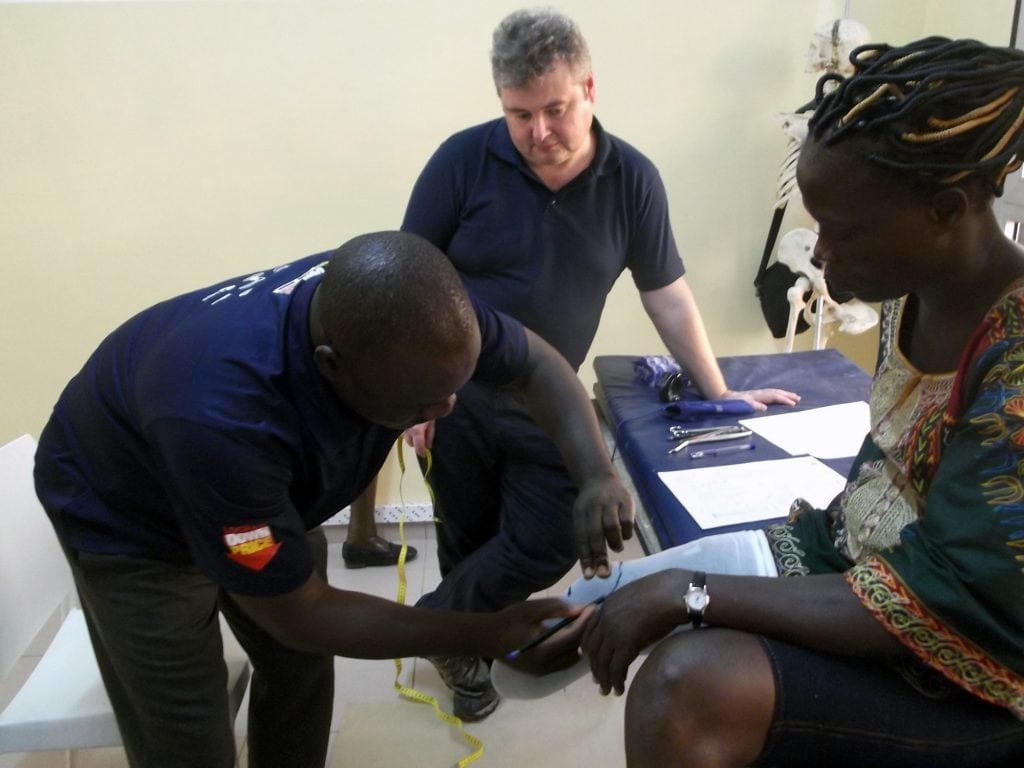
Photo courtesy of Handicap International: Making Limbs Using 3D-Printed Technology
Product: 3D Printed Prostheses
Designer: Strathclyde University, ProsFit Technologies and Proteor SAS, Handicap International
Similar to organizations like e-NABLE and Nia Technologies, Handicap International, along with Strathclyde University, ProsFit Technologies and Proteor SAS, is trying to fill the need for basic prosthetics in low-resource settings.
This group’s approach utilizes 3D scanning, CAD/CAM software, and 3D printing technology as an alternative to traditional fabrication methods which require a lot of time and manual labor. First, the patient’s residual limb is scanned with a portable scanner and modified with CAD software by local orthopedic technicians. Once the design modifications have been made to the socket, the digital file is sent to Europe for 3D printing using thermoplastic materials. Once the socket is printed, the prosthesis is put together using necessary components and is sent back to Togo, Madagascar, or Syria, where the product has been launched. The orthopedic technicians then fit the prosthesis and help the patient adjust to the prosthesis. These prostheses are still in a trial phase, but trials have proven the product to be safe, effective, and labor-reducing, and time-saving.
Where possible, different organizations are setting up in-country 3D printed prostheses production facilities. This reduces the costs of shipping from outside nations. The Victoria Hand Project uses in-country 3D printers to produce prosthetic hands for Guatemala, Nepal, Cambodia, Haiti, Ecuador, and Egypt. In order to establish their model, the Victoria Hand Project partnered with established prosthetic care providers within each of the above countries, including Nepal Orthopaedic Hospital. It is important to note that if a physical therapy school, engineering school, or similar type of facility exists in a nation, there is a higher chance of in-country prosthesis or assistive device production existing. These facilities may be hard to come by, which is why Handicap International’s model is being developed.
For a look at more assistive devices for low-resource settings, you can visit Engineering for Change’s Solutions Library, which features optical lenses, wheelchairs, and artificial limbs.
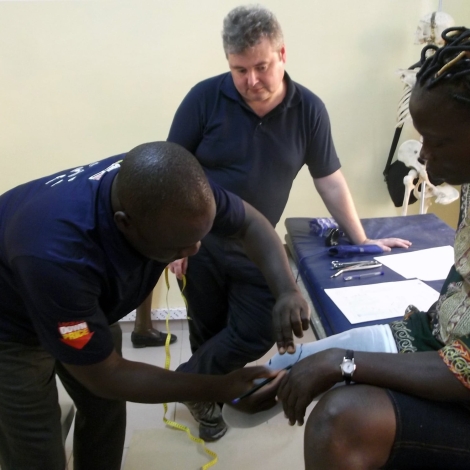
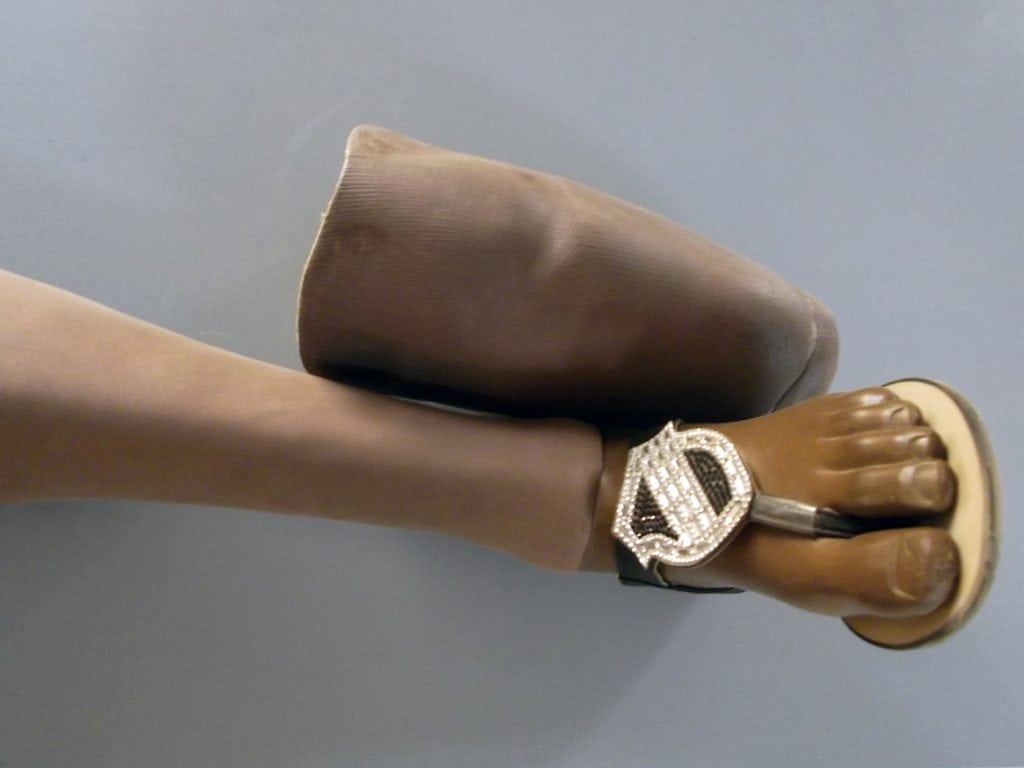
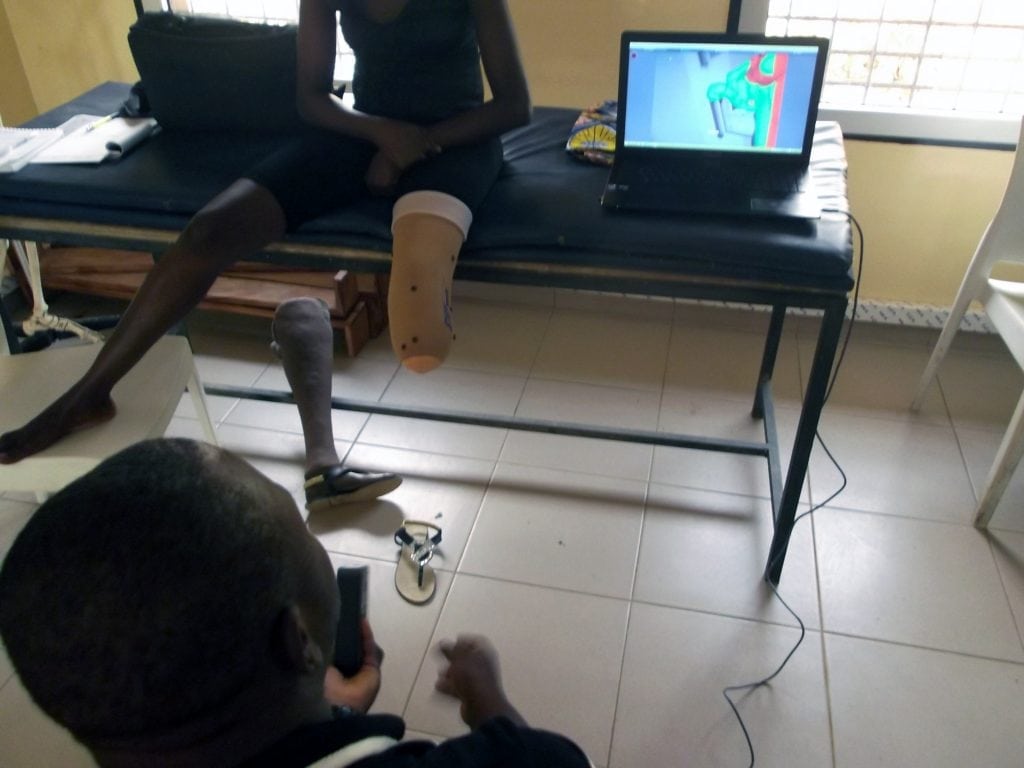
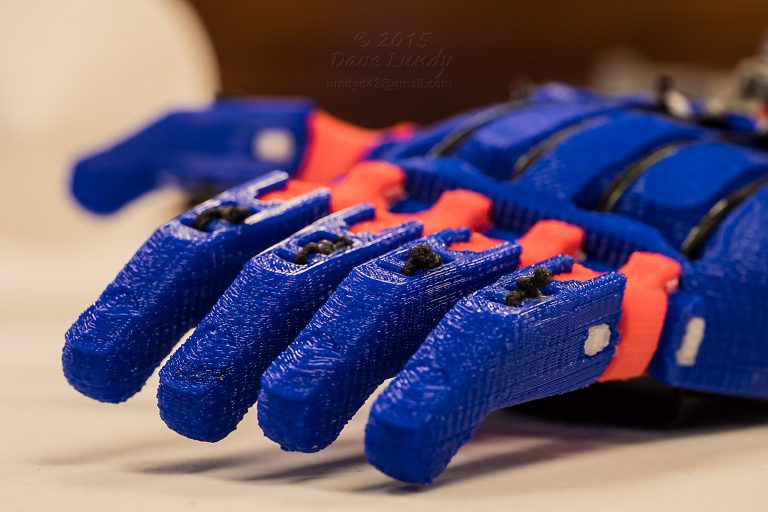
I am am happy to be a part of this great team